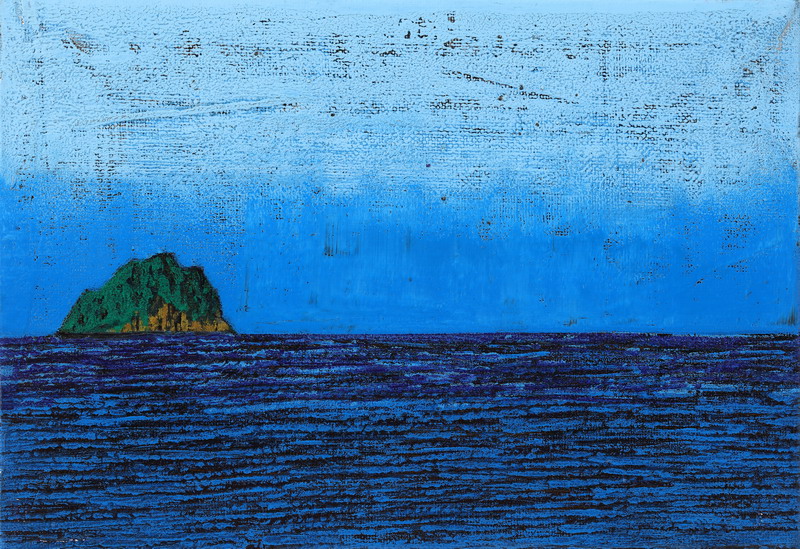Lee Min and His Pan-tablo Printmaking Technique
By Kang Jennis Hyun-suk
People call Gwangju “Yehyang” (예향, the City of the Arts) because a lot of Korea’s artists were born in Gwangju and the Jeolla area, and also because there are a lot of people here who enjoy the arts locally. Confirming the name Yehyang, two big art festivals, the Gwangju International Biennale and the Gwangju Art Fair, are held in Gwangju. While the Gwangju Biennale is an avant-garde and experimental public art festival with artists who share their thoughts under a common theme, the Art Fair is held for many artists and galleries to make their artworks available for purchase in one place. The Art Fair is held for only a couple of days each year, so I wear comfortable shoes to go around and look at the diverse artworks.
A few years ago, when I was at the Art Fair, I was fascinated with a particular work of art. It was of a couple walking along an alley at dawn. “I printed the worker couple returning home from the night shift,” the artist explained to me. And he said, “If you like it, you can purchase it in installments with a credit card.” It was so surprising that I thought he was joking because I had never heard of an artist who sold their artworks with such a direct proposal. Now, I regret that I did not take advantage of that opportunity because I could not handle the lyrical sorrow of the painting at the time. But in his other works depicting scenes of his hometown, Hwasun, I figured he had made a lot of efforts to achieve the simplicity revealed in his artworks.
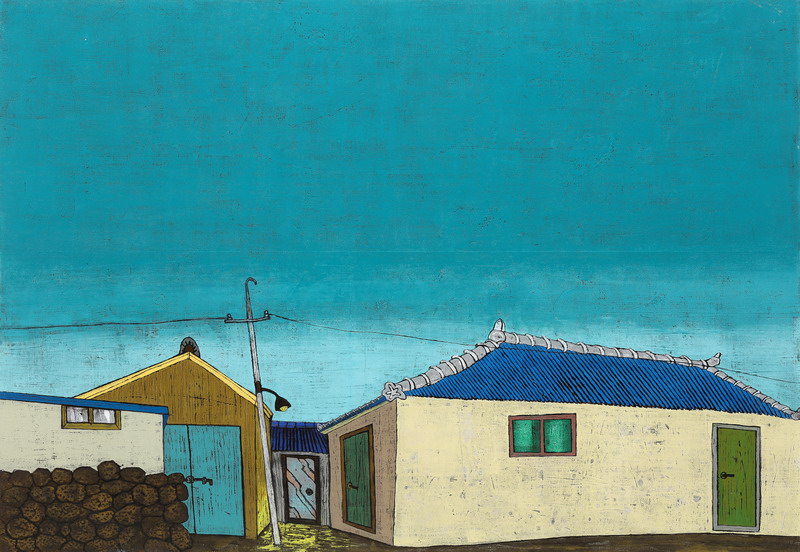
In this article, I would like to introduce Lee Min, the very artist I had met at that Art Fair. Lee majored in fine art at Chosun University and moved to Japan to major in printmaking at Dama University. Through the experimental process with various printmaking techniques, Lee pioneered a new genre of printmaking which he calls “Pan-tablo.” With his Pan-tablo technique, scenes of Yangnim alleys were made and the artworks were loved by many people. Since the Yangnim Alleys series, Lee has been staying in Jeju on a residency through the Lee Jung Seop Art Museum. Fortunately, I was able to interview him when he came to Gwangju on business.
The Interview
Jennis: Thank you for making time for this interview. I heard that you did your master’s degree in printmaking in Japan. Why you decide to study abroad?
Lee Min: When I was studying in the College of Art at Chosun University, I had the chance to learn from Prof. Ha Dong-cheol, who was called the “Artist of Light.” To learn printmaking, I was traveling from Gwangju to Seoul once a week. He taught me without any tuition. He said that giving guidance to a student with enthusiasm was enough for him. I was so crazy about painting at that time: I was painting all day long in the studio during my school vacations. And I won a prize at the Chung-Ang Arts Competition when I was a junior in college. The Hoam Art Foundation purchased my piece at a price equivalent to my tuition fee for several semesters. When I received awards at several contests in a row, my mother recommended that I study in Japan. I accepted her advice and went to Tokyo in December 1988.
Jennis: Did you speak any Japanese at that time?
Lee Min: Not really. I only knew some greetings in Japanese, but I adapted to the unfamiliar land with the help of my relatives. My uncle was living in Japan at that time and had married a Japanese. My aunt taught me Japanese daily as if she was teaching a child, and my cousin’s wife helped me submit the application to Dama University. I had arrived in Japan in December and my Japanese speaking ability was not that good, but the professors who saw my portfolio selected me as a student to major in printmaking with only one condition: learn Japanese as soon as possible. So, I was able to enter Dama University four months after arriving in Japan.
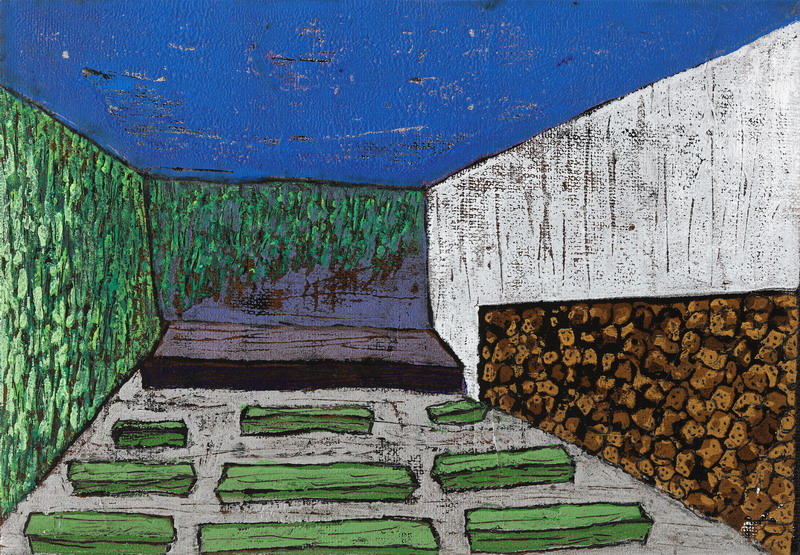
Jennis: Wow. Is it true that the artist speaks only through his artworks? You had great professors who chose student qualities beyond language ability. How was your life at Dama University?
Lee Min: In Japan, graduate students had their attendance checked every day, and they worked all day long like high school students. Our works were evaluated every semester, and while other students submitted a couple of artworks, I submitted 50. So, the professors admired my prolific energy. I ordered and transported the materials for my work with a truck. My colleagues might have thought that I was a rich international student, but I had to make money for the materials. I cleaned the drains of the subway almost all night. During my three and a half years in Japan, I drew crazily during the daytime, and I had to work at night.
Jennis: That is amazing. I wonder how the professors responded to your works.
Lee Min: A professor who supported me recommended that I go to the University of Mexico as a professor under the dispatching program for professors from the Ministry of Education in Japan. It was a good opportunity for me, and it would have covered my living expenses. But I would have had to become a Japanese citizen, as the opportunity had never been given to a non-Japanese person.
Jennis: You had a great opportunity, why did you not go to Mexico?
Lee Min: “Can I abandon my Korean nationality and live as a Japanese?” I asked myself. I thought about it a lot. When I asked my aunt about this concern, she said, “Your uncle is in Japan, but he left his heart in Korea.” That was her answer for me. I also knew that I would live missing my hometown if I became naturalized, so I returned to Korea as soon as I graduated from Dama University.
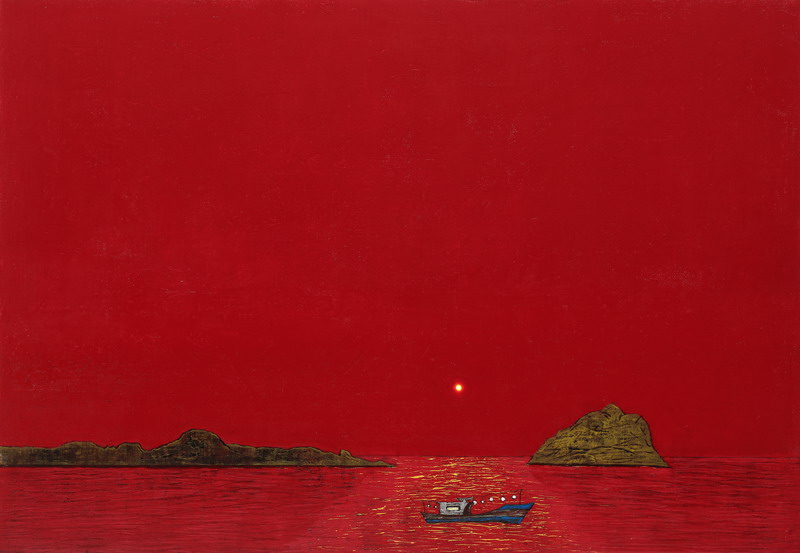
Jennis: What did you do with all the works that you had made in Japan?
Lee Min: By the time I had abandoned my lingering feelings about life in Japan and returned to Korea, Shirota Gallery in Tokyo offered me an exclusive contract. Shirota Gallery is the first gallery to introduce Andy Warhol’s works in Japan. Following the famous Korean artist Lee Woo-hwan, the gallerist gave me the opportunity to display my works as an exclusive artist. My engraving paintings at the time, called monotype, brought me enough wealth to build a house in Gyeonggi Province in Korea.
Jennis: When and how was your Pan-tablo method born?
Lee Min: As I was recovering from a seven-year slump, I thought about what could be completely new and be my own. To make new art of my own, I needed to know what kind of artist I was. I discovered the answer by developing artwork that only I could do. I experimented with a new method of printmaking, combining the printmaking I had studied in Japan with the fine art I had studied in college. In doing this, I created Pan-tablo, a unique print for which I now have an international patent. The “pan” of “Pan-tablo” means “wide,” and “tablo” means “image” in French. I created the name in order to capture the wide world of painting. I have not revealed the method to anyone, but after my Pan-tablo style is widely known, I plan to release the technique. Then students might use it at schools or young artists who are interested in the technique could use it for their creations.
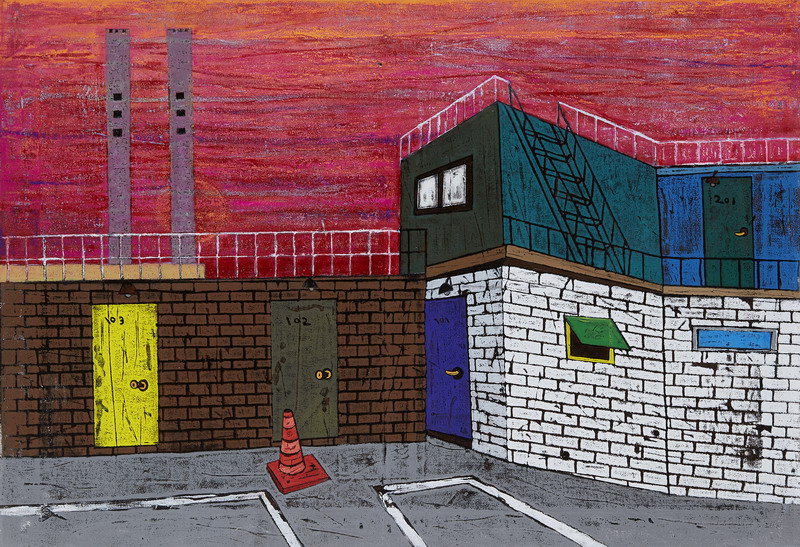
Jennis: You said your Pan-tablo is a kind of printmaking that makes only a single print, so each print is unique. Your prints on canvas have scratches with warm colors that allow me to feel their warmth, and the scenes of Jeju that you have been working on recently produce a tranquil beauty, as if you practice meditation for your artwork. Who is the person who has motivated you the most?
Lee Min: During the years that I have been painting, there have been a lot of helping hands. But I received a lifelong motto from my mother who passed away last year. My mother, who was an elementary school principal, told me this: “There must be one phoenix among 10,000 chickens.” If I were not a phoenix, I should draw 10,000 chickens to find that phoenix. So, I have lived as a hardworking artist.
Jennis: A few years ago, you held an individual exhibition in your hometown, Gwangju. What inspired you to paint and make prints of the Yangnim-dong alleyways?
Lee Min: In December 2018, I held an exhibition in Gwangju after living away from the area for 26 years. I wanted to show my mother her proud son’s artworks. When she came to my exhibition, though, she said only, “Very nice.” She suffered from dementia and that was her last visit to an exhibition of mine.
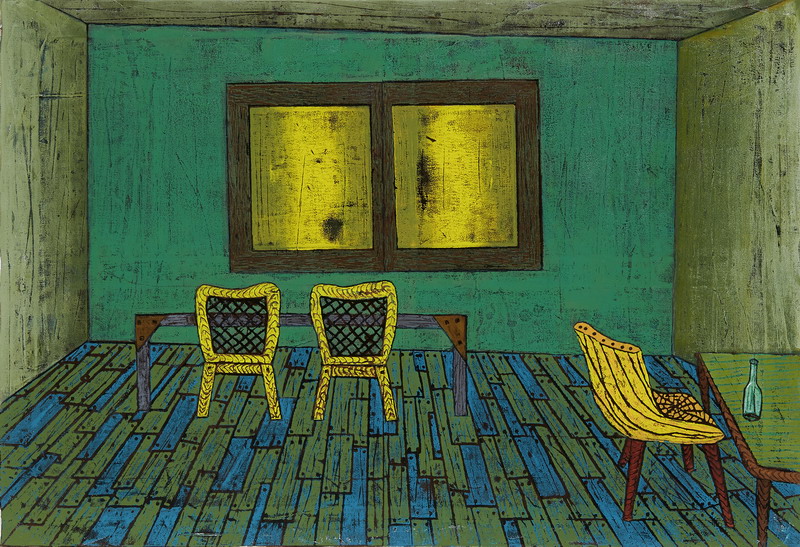
Thankfully, many people loved my 99 limited editions of Yangnim Alleys prints. The Nam-gu District Office offered me a special exhibition to be held for 50 more days at the Yangnim Art Gallery. The Pan-tablo prints of the Yangnim Alleys series went on a national exhibition tour through which many people across the country have gotten to know the name “Yangnim.” Also, 40 prints of Yangnim Alleys are currently on exhibition in Germany with the artworks of Han Heewon. I have heard that some of the Germans who viewed my prints were curious about where Yangnim-dong is. I think Yangnim-dong is gradually becoming a store of art with the help of the artist Han Heewon and the Nam-gu District official, Kim Kyung-jong. I appreciate their efforts.
Jennis: What do you expect your next step to be?
Lee Min: I am making a book about the Pan-tablo prints of the Yangnim Alleys series these days, which will be released next year. I also want to portray Jeju from my own perspective during my residency there. I have a sense of purpose for myself. I think I should not restrain myself during this poor economic environment. If ordinary people want to own my paintings, I think I should put my works up at a reasonable price. That is why I have not raised the price of my works for the past 30 years. When my wife asked me about raising the price of my works, I said, “Think of me as the granny at an old market’s rice soup restaurant. The granny’s soup has been sold at the same price for over 30 years.” Like the granny’s soup, I have been receiving the same price for 30 years. I just want to be sufficiently happy by doing art.

I want to be an artist who pours all his heart into each print, whether it is small or large, whether it can bring small money or big money. I imagine how fun it would be if auctions were held among the people in the area who own my works. Like the poet’s saying, “Two bottles of makgeolli [Korean rice wine] are enough for me to be happy,” I want it to be said, “Lee Min, he enjoyed his life of painting.”
Jennis: Thank you for your touching story. I am looking forward to the book you are working on, “Yangnim Yeonhwa” (The Soft Beauty of Yangnim). I hope that there will be art classes at cultural centers across the country someday to learn how to make the Pan-tablo prints of Lee Min. I also hope that we meet at the Gwangju Art Fair soon. Thank you so much for your precious time.
After the Interview
Lee Min is a prolific artist who has held 79 individual exhibitions so far – far too many exhibitions to list here. Below, however, is a list of establishments that have works by Lee Min in their collections. If you are further interested in his artworks, the online address for his blog is below.
Lee Min’s Works in These Collections
British Museum, London.
Portland Art Museum, Portland.
The South Korean Embassy in New Zealand, Auckland.
Consulate General of Korea, Vancouver.
The Embassy of the Republic of Korea, Sydney.
The Embassy of the Republic of Korea in Russia, Moscow.
Machida Municipal International Engraving Museum,Tokyo.
Yokohama Museum of Art, Yokohama.
Tokyo Opera City, Tokyo.
Nippon Core Museum of Art, Tokyo.
Seoul Arts Center, Seoul, Korea.
National Museum of Modern and Contemporary Art, Seoul, Korea.
Gyeonggi Cultural Foundation, Ansan, Korea.
Yangpyeong County Museum of Art, Yangpyeong, Korea.
Gwangju Museum of Art, Gwangju, Korea.
Gwangju MBC, Gwangju, Korea.
Gwangju Museum of Art, Gwangju, Korea.
Seoul Samsung Hospital, Seoul, Korea.
Gwangju Metropolitan City Hall, Gwangju, Korea.
Chosun University Museum of Art, Gwangju, Korea.
Kumho Asiana Cultural Foundation, Seoul, Korea.
Samsung Foundation’s Hoam Museum of Art, Yongin,Korea.
Lee Min’s (이민 / 李珉) Blog: https://blog.naver.com/penguinart
The Interviewer
Kang Jennis Hyunsuk has been living in Gwangju all her life. She has painted for a hobby for almost a decade, and she has learned that there are so many wonderful artists in this area. As a freelance interpreter, she would like to introduce to the world in English the diverse sphere of Korean art. Her goal is 100 artist interviews like this one.



